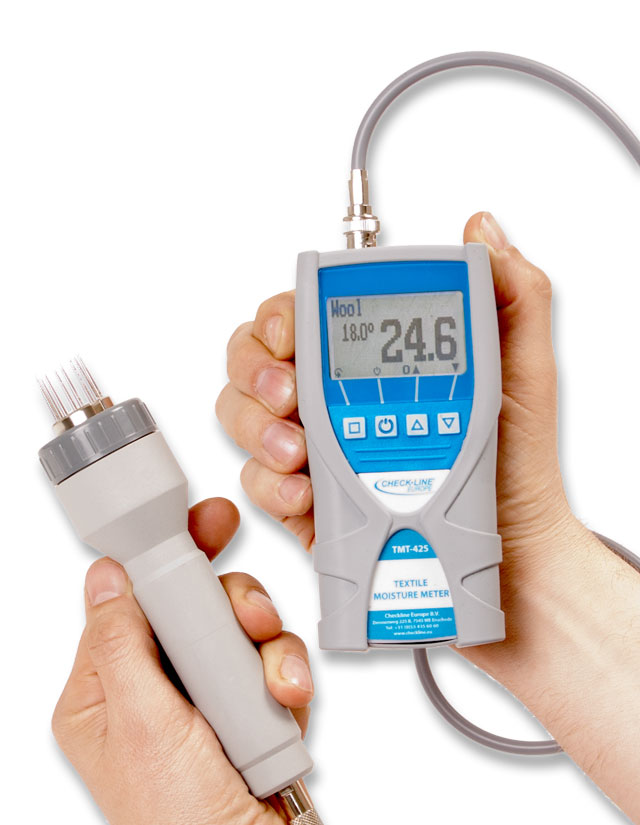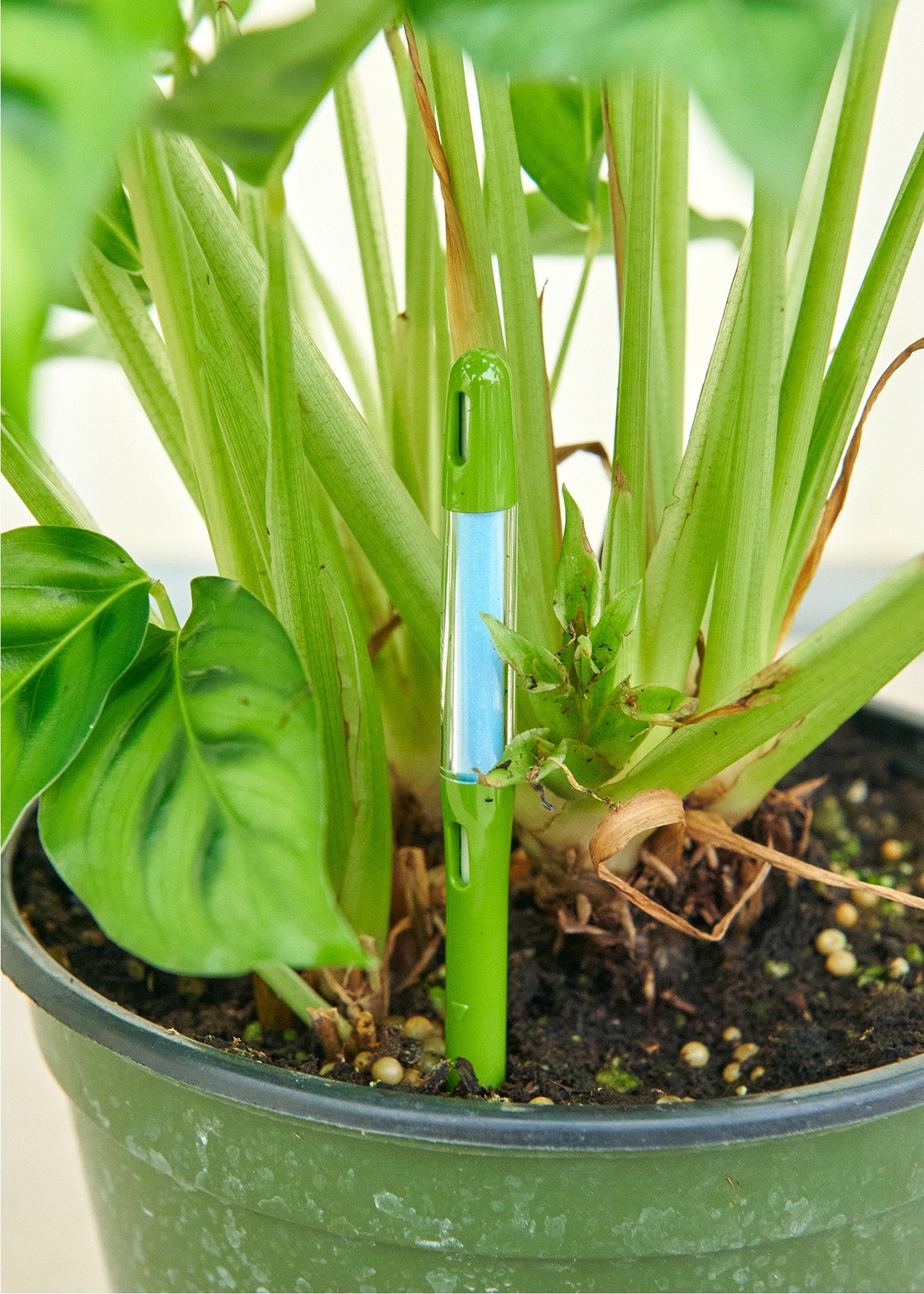Why Every House Owner Demands a Moisture Meter: Trick Benefits and Attributes
Why Every House Owner Demands a Moisture Meter: Trick Benefits and Attributes
Blog Article
Understanding the Relevance of a Moisture Meter in Preventing Mold and Water Damage in your house
In the realm of home maintenance, the presence of wetness can often be a silent yet awesome foe, qualified of causing pervasive mold and mildew growth and perilous water damages if left unattended. Comprehending the importance of a wetness meter in this fight is not merely an option however a calculated need.
Relevance of Moisture Discovery
Efficient moisture detection methods are essential for securing residential or commercial properties and avoiding prospective mold growth and water damage. Moisture can seep into various structure materials, causing architectural problems and carcinogen. By utilizing a wetness meter, homeowner can proactively identify locations prone to excess moisture, permitting prompt treatment and reduction approaches.
Moisture meters supply exact analyses of wetness degrees in different materials such as wood, drywall, and concrete. This data aids in identifying areas of problem, also in hard-to-reach or hidden locations. Early detection of moisture accumulation allows timely repairs or modifications to stop additional damage.

How Moisture Meters Job
Dampness meters play an essential role in the aggressive recognition of excess moisture, assisting in the prevention of possible mold development and water damage by giving precise analyses of wetness degrees in different structure materials. These tools work based on different principles, depending on their type. Moisture Meter. Pin-type moisture meters, for example, have two pins that pass through the product to measure the electrical resistance in between them. When wetness exists, it enhances the product's conductivity, leading to a reduced resistance reading. Pinless dampness meters, on the other hand, use electromagnetic sensors to scan the product without causing damages. These sensing units send out electro-magnetic signals that pass through the material and measure the dielectric properties, showing dampness material. Some progressed wetness meters pin both integrate and pinless technologies for thorough dampness detection. Recognizing just how moisture meters feature is necessary for timely and exact moisture degree evaluations, allowing efficient precautionary actions versus mold and mildew and water damage.
Finding Early Caution Indicators
Upon first examination of a building, identifying refined signs of excess dampness becomes crucial in the early discovery of possible mold and mildew development and water damage. Some typical early indication include musty smells, water spots on ceilings or walls, peeling paint or wallpaper, and distorted or discolored surface areas. Musty odors usually show the existence of mold or mildew, also if no visible signs appear. Water discolorations can indicate leaks or seepage, while peeling off paint or wallpaper might be a result of dampness jeopardizing the attachment of these materials to the surface area. Distorted or stained surface areas, such as twisting floorboards or blemished drywall, are clear indications of water damages. Furthermore, a rise in allergy signs and symptoms or respiratory issues amongst occupants might suggest the visibility of mold as a result of excess internet moisture. By without delay identifying and addressing these early caution signs, house owners can go now mitigate the threat of extensive mold development and water damages in their residential properties.
Avoiding Mold Development
Acknowledging very early indication of excess dampness within a building not only makes it possible for prompt discovery of possible mold and mildew development and water damages yet also serves as a proactive action in preventing the proliferation of mold. To properly stop mold development, it is crucial to resolve any type of sources of dampness immediately. This can include fixing leakages in pipes, home windows, or roofings, making certain appropriate air flow in moist locations like shower rooms and kitchens, and utilizing dehumidifiers in high-humidity rooms. Consistently keeping the home and inspecting's pipes, roofing, and seamless gutters can also assist in preventing water invasion that can lead to mold development.
Along with dealing with moisture resources, maintaining interior moisture degrees listed below 60% can considerably prevent mold growth. Proper ventilation, adequate insulation, and using air conditioning system or followers can aid manage interior moisture degrees. Checking dampness levels in areas prone to dampness, such as basements and crawl areas, making use of a moisture meter can also help in early detection of raised dampness levels and prospective mold growth. By taking aggressive actions to prevent excess moisture and mold and mildew development, house owners can secure their building and interior air high quality.
Benefits of Regular Surveillance
Routine surveillance of wetness degrees in a building can play a critical function in keeping a healthy interior setting and preventing possible mold and water damages. By frequently examining wetness degrees, property owners can find any kind of problems without delay and take needed activities to avoid mold development and water damages. Among the key benefits of regular surveillance is early discovery. By recognizing and addressing high dampness levels early, homeowners can intervene before mold has the chance to spread out and develop. This proactive technique can conserve both money and time in the lengthy run article source by protecting against extensive mold removal and repair work expenses.
Furthermore, normal tracking enables home owners to track patterns and patterns in moisture levels over time. Inevitably, the regular tracking of dampness degrees encourages homeowners to protect their building, safeguard their health, and protect the honesty of their indoor setting.

Final Thought

By using a wetness meter, building proprietors can proactively recognize locations vulnerable to excess dampness, permitting for prompt treatment and reduction approaches.

Keeping track of wetness levels in areas prone to wetness, such as basements and crawl areas, utilizing a moisture meter can additionally help in early detection of raised wetness levels and possible mold development. (Moisture Meter)
Report this page